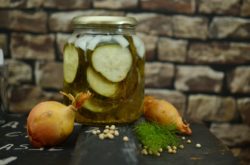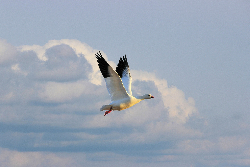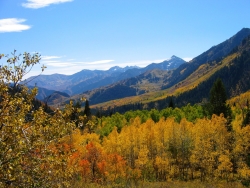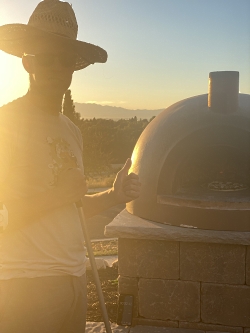
Courtesy Pixabay, CongerDesign, Photographer
Winter is when we get to have a sit by the fire and exhale from our work like young exhausted parents, listening to the world’s sleep because of our good labor done. It’s when we can crack open our stores and taste the results of our year on this earth from the gardens and fields; the flavors of hope without fear of waste. Vinegar truly is the honeydew of the long nights.
It’s also when we can have freedom in the snow. The snow is that sweeping medium which allows us to climb mountains and then descend at speeds which in any other season would be a cause for concern, even if moderate.
Each mode of winter travel has its partakers and dissuaders, though none is surely the best for all. Cross country, sitski, telemark, downhill, snowbike, snowskate, snowboard, sled, tube, and contractor bag all each have their place for us to slide at speeds too great to pass up. Some have edges for control, some have fewer for fun, yet all allow for wind to blow through your hair and to dance with gravity, more apparent than ever in the cold.
Winter also gives us stories not available elsewhen. Many skilled naturalists have given many good lessons to me on how to read the snows over the years, yet not one lecture can compare to what happens when you go out by yourself and see what the world itself has to say. I’ve spent good hours finding a good track and following it, whether it’s a hare to its burrow, deer to the nearest alfalfa field, or my eyes wandering skywards to see whose wings caught the vole which once did scurry all a tither. The words though melt in the sun, and so the snow is the rarest of books. Perhaps it is also the most precious. Stories carved in stone seem mortibund to those on paper, and so those tattooed upon tree pulp seem to the cuneiform in the nivian ether.
So this winter, do not forget to enjoy the allowances you’ve worked all year: warming your bones by the fire; reading the precious snows; sliding down hills; and vinegar honeydew from your stores.
I’m Patrick Kelly, and I’m Wild About Utah.
Credits:
Images: Courtesy Pixabay, CongerDesign, Photographer https://pixabay.com/photos/cucumbers-pickle-jar-preserves-886036/
Audio: Courtesy & © J. Chase and K.W. Baldwin. https://upr.org
Text: Patrick Kelly, Director of Education, Stokes Nature Center, https://www.logannature.org
Included Links: Patrick Kelly & Lyle Bingham, Webmaster, WildAboutUtah.org
Additional Reading
Wild About Utah, Posts by Patrick Kelly
Stokes Nature Center in Logan Canyon, https://www.logannature.org/
Strand, Holly, Snowshoe Hare, Wild About Utah, February 18, 2010, https://wildaboututah.org/snowshoe-hare/
Larese-Casanova, Mark, The Shape of Wildlife in Winter Wild About Utah, January 26, 2012, https://wildaboututah.org/the-shape-of-wildlife-in-winter/
Larese-Casanova, Mark, Utah’s Rich Skiing History Wild About Utah, January 23, 2014, https://wildaboututah.org/utahs-rich-skiing-history/
Strand, Holly, A Utah Skier’s Snow Lexicon Wild About Utah, January 29, 2009, https://wildaboututah.org/a-utah-skiers-snow-lexicon/
Nummer, Brian, Getting Crisp Home Pickled Vegetables, Extension, Utah State University, https://extension.usu.edu/preserve-the-harvest/research/getting-crisp-home-pickled-vegetables
Food Safety & Preservation, Extension, Utah State University, https://extension.usu.edu/saltlake/home-family-food/food-safety-preservation



